- Article
- February 18, 2015
Intuit team will be participating in 68th Congress of IFA. It will be held in Mumbai between 12 – 17 October 2014. We would glad to schedule a meeting, if your firm is participating in this program.
Please free to contact us, if you need any assistance to register. The website for the program is www.ifa2014mumbai.com
For more details reach us at [email protected]
- Article
- February 18, 2015
In 2013, the foreign direct investment (FDI) grew by 8% globally at a value of $1,461 billion. According to the Foreign Direct Investment Report 2013, it is expected to increase at least 10 % annually in the next five years.
The report, which is developed by FDI Intelligence, a division of the Financial Times and released on the first day of Annual Investment Meeting 2014 in Dubai, aims to provide a comprehensive insight into FDI trends in theemerging market.
The Annual Investment Meeting 2014 was inaugurated by Vice President andPrime Minister of the UAE, Ruler of Dubai at the Dubai International Convention and Exhibition Centre where it was attended by representatives of official delegations from more than 110 countries.
Greenfield projects
Investment is greenfield projects is expected to be a major trend in global FDI, according to the report. In 2013, global greenfield FDI increased by 5.9 %. This result demonstrates that despite a challenging time for investments portfolio, long-term FDI is continuing to grow.
The report also released that Greenfield FDI in the emerging markets grew by 14.6 % in 2013 and these markets account for 74 % of Greenfield FDI and 60.5 % of the global Greenfield FDI flows.
According to Investopedia, Greenfield FDI is a form where a parent companystarts a new venture in a foreign country by constructing new operational facilities from the ground up. Besides building new facilities, most parent companies also create new long-term careers within the overseas state by getting new staff members.
The report forecast that the emerging markets will continue to attract over half of FDI flow, North America is expected to grow the fastest over the period with strong growth in energy investments.
Africa and the Middle East are also expected to achieve strong growth in inward FDI of at least 10 % per annum over the next five years as FDI in Middle East recovers on the global financial disaster along with political lack of stability.
Outward FDI from the Middle East is also expected to recover and therefore the region can expertise the fastest growth in outward FDI flows out of any region.
For more details reach us at [email protected]
- Article
- February 18, 2015
According to Sultan Al Mansouri, UAE Minister of Economy, the upcoming release of UAE Investment Law by the end of this year is expected to boost the UAE’s Gross Domestic Product (GDP) between 3 to 4%. Once implemented, the new laws would strengthen the legal infrastructure and boost the economy. This would encourage businessmen and investors to be more active and creative.
On the sidelines of the Annual Investment Meeting 2014, Al Mansouri explained that the new law can enhance the overall investment and business environment across the UAE.
Al Mansouri said “Major changes have been made in the new version of the Investment Law which can facilitate the UAE markets become more favourable for foreign investments in most non-oil sectors, especially tourism, real estate and financial sectors.”
To boost the overall business environment, the UAE government intends to upgrade its legal infrastructure by revising tens of laws and regulationsincluding a company law, an investment law, a bankruptcy law, a competitiveness law, an arbitration Law, and also an intellectual property law, and others.
For more details reach us at [email protected]
- Article
- February 18, 2015
Kuwait’s Ministry of Finance has expressed its desire to sign a Model 1 Intergovernmental Agreement (IGA) to assist banks comply with the United States Foreign Account Tax Compliance Act (FATCA).
FATCA demands Foreign Financial Institutions (FFIs) in order to report to the US Internal Revenue Service (IRS) information on assets of USD50,000 or more held by US taxpayers, or perhaps by international entities during which US taxpayers hold substantial ownership interest. Failure of an FFI in order to publish details could result in a 30% withholding tax currently being levied on US source payments, and may result in the potential loss of correspondent banking relationships.
The Kuwaiti finance ministry explained that it has established a committee created from representatives of the ministry’s tax department, the Foreign Ministry, the Central Bank of Kuwait, and the Kuwait Banking Association to arrange for the signing of the agreement.
The committee has told financial institutions to disclose information on their American clients, and has informed them that they must register with the IRS before May 5, 2014. When an IGA is signed it will enable the process of transmitting data to US authorities through a centralized authority in Kuwait.
The finance ministry’s statement pointed out that 26 European countries have signed FATCA agreements with the US, and 19 other countries are in the final stages of negotiations.
For more details reach us at [email protected]
- Article
- February 18, 2015
The President and CEO of Institutional International Finance (IIF) said that “the U.A.E’s strong economic recovery and domestic political stability will continue to attract more entrepreneurs and foreign capital”. The IIF are in Dubai to take part in the 2014 IIF Mena CEO Meeting.
“In 2014, UAE is expected to grow more than 4% .” commented by Mr. George T. Abed who is the Senior Counselor and the Director for Africa and the Middle East of the IIF. “Non-oil real GDP growth in the UAE continues to show solid expansion, at roughly 4%. Trade, retail sales and tourism continue to register strong growth and the real estate sector and construction sectors have made a bid turnaround.” Abed added.
IIF officials noted that the Arab spring and regional turmoil has not adversely impacted the economic growth in the UAE and the increasing liquidity will boost loan growth in the country despite bad loans and provisions been on a decline in the banking sector of the UAE. Instead, it has drawn more capital flows into the country. The president of IIF said that, “Political and economic stability of the country has attracted capital inflows from the Middle East. With the growth momentum picking up in recent months, we expect sustained capital flow into the country.”
While the funding of investments associated with collection 2020 are going to be for the most part driven by the general public sector and government connected entities, the IIF officers suggested the banking sector to be even handed in their disposition as a result of over-leverage could lead on to a rise in drawback loans.
Abed stated, “Banks really should measure the enterprise models of businesses on their sustainability as soon as the Expo 2020. Post-event, at least several firms may encounter any slow. ”
Rising net foreign assets
The medium –term outlook of the UAE depends on the global recovery’s pace as well as on the progress realized on financial and institutional reforms. For the GCC as a whole, the IIF officials said the financial position of the oil-exporting countries continues to increase strength with total net foreign assets increasing to $ 2.5 trillion in 2013, equivalent to 95% of the countries’ aggregate GDP.
The recent withdrawal of ambassadors by the UAE, Saudi Arabia and Bahrainthrough Qatar seriously isn’t seen as an momentary problem as well as will most likely not have any serious impact on economic relations among these countries.
The IIF observed of which geopolitical fissures are normal throughout the bigger Arab-speaking place stretching for you to nearby and related nations around the world. Most of these ailments connected with division, weak point and infighting have resulted in your design connected with chances with regard to outdoors local players for you to pass through your Arab-speaking system, as a result growing concerns and improving instability.
The latest realignment of the new regime in Cairo with the boarder interests of the three largest GCC countries is supportive of regional economic and political stability. Saudi Arabia, Kuwait and the UAE have already the supply of essential economic to Egypt and Jordan and have been able to maintain constructive economic relationships with Morocco and Tunisia.
For more details reach us at [email protected]
- Article
- February 18, 2015
- UAE Ministry of Foreign Affairs announces new visa exemptions for EU countries
- Kenya Issues TCC Application Guidelines
- Netherlands Simplifies Individual Tax Filing
- Guernsey – Costa Rica: Tax Information Exchange Agreement Signed
- Dubai prepares for 4th Annual Investment Meeting
- India’s revenues from Africa can grow four times: McKinsey
- Canada, South Korea Broker Landmark FTA Deal
- US, Iraq Hold First TIFA Meeting
- Finland and United States Sign FATCA Agreement
- Abu Dhabi department of finance signs MoU with Ajman counterpart
- UAE to sign FATCA agreement with US soon
- Dubai Regulator Plans Enhancements To DIFC Oversight
- Chile and United States Sign FATCA Agreement
- Switzerland Revives DTA With Argentina
- South Korea, US Agree Text Of FATCA Agreement
- Ethiopia, UAE in quest to bump up trade
- Hong Kong, Finland Sign Investment Agreement
- Switzerland – Andorra: Tax Information Exchange Agreement Signed
- United Arab Emirates – Albania: Tax Treaty Signed
- Jersey – Belgium: Tax Information Exchange Agreement Signed
- Switzerland – Greenland: Tax Information Exchange Agreement Signed
For more details reach us at [email protected]
- Article
- February 18, 2015
Minister of Foreign Affairs of the United Arab Emirates, Sheikh Abdullah bin Zayed al Nahyan held a meeting with the Minister of Foreign Affairs Ditmir Bushati. The two ministers have signed an agreement on avoidance of double taxation and prevention of fiscal evasion with respect to taxes on income.
They also signed two memoranda of understanding
Memoranda of understanding on the establishment of a joint cooperation commission between UAE-Albania, which complete the legal framework of cooperation between the two countries in the economic and financial field.
Memoranda of understanding in the field of higher education and scientific research between UAE-Albania.
And they discussed about avenues of joint cooperation between the two friendly countries.
They also exchanged their views on a variety of issues of mutual concern and latest regional and international developments.
Moreover, both Ministers shared views on developments in the Western Balkans, Ukraine and the situation in the Middle East. Minister of Foreign Affairs of the United Arab Emirates, highlighted the UAE’s keenness on expanding prospects of cooperation ties with Albania.
For more details reach us at [email protected]
- Article
- February 18, 2015
Our client, one of the leading IT solutions company providing support to international clients approached us to setup business and to receive payments online.
ENGAGEMENT PLANNING:
We studied the client’s business requirement and provided a suitable investment structure. We assisted them in choosing the right jurisdiction to avail tax benefits by using the available tax treaties. The Company was setup in Dubai, an international trading hub with excellent banking infrastructure. The very first step was to prepare the detailed business plan for the new company in Dubai. The business plan included information on the company’s planned activities, products and services, clients, market analysis, competitors, risk analysis, details on its management team and operational strategy.
BUSINESS SETUP:
After receiving confirmation of the business plan from the client, Intuit suggested suitable names for the new company in Dubai. An application was filed registering the preferred name of the company with the Dubai Authorities. On receiving approval of the preferred company name, Intuit drafted the Memorandum of Association, Articles of Association and other legal documents for submission.
BANK ACCOUNT SETUP:
Once the company was incorporated, Intuit initiated the process of bank account opening in Dubai. Intuit filled the bank application form and sent it to the client for signature. After receiving the signed application form Intuit submitted the same along with the due diligence required. The bank account was opened with in 2 – 3 weeks.
MERCHANT ACCOUNT SETUP:
Once the bank account was opened, Intuit approached the bank and got the pre-application form for the merchant account. Intuit filled the form and got the pre-approval from the bank. After getting the pre-approval, Intuit filled the merchant account application form and sent it to the client for signature. After receiving the signed form, Intuit submitted it along with the due diligence required. Then the merchant account was successfully opened in a month.
ANNUAL COMPLIANCES:
The client had also requested to assist in annual compliances. We ensured the legal compliances were completed on time by submitting the audited financial statements and Government fees.
SUMMARY:
The business plan tailor made for our client enabled them to commence business in a hassle free manner and the ancillary services provided by Intuit allowed them to concentrate on their core business.
- Article
- February 18, 2015
The emirate of Dubai will be fully prepared to receive 25 million visitors when it hosts the World Expo 2020 international event in six years time. Speaking in an interview, Najeeb Mohammad Saleh, Head of Planning Research Section, Planning Department at Dubai Municipality, discussed how Dubai expects to cope with the influx of residents and visitors in 2020, we looked at three different scenarios – Low, Medium, Rapid and adopted the medium-growth scenario, and expect the population by 2020 to be about 2.8 million.
In 2010, the Executive Council appointed a steering committee made up of Dubai Municipality, the Roads and Transport Authority, Dubai Electricity and Water Authority, Dubai Civil Aviation, Lands Department, and Dubai Maritime City. These six government entities have since been responsible for planning, implementing and supervising the master plan for Dubai 2020.
In 2010, Dubai recorded 1.9 million residents and by the end of 2013 this had reached 2.23 million. “The existing urban area can reach up to 93,106 hectares, which we feel is sufficient for us. And, by 2020, we expect to grow an additional 25,000 hectares. But even if the rate of the growth is faster than we expect, with a maximum of 38,000 hectares, the capacity of the city and its urban area can still hold that,” said Saleh.
The city’s urban planning also involves evaluating the amount of office and retail space needed by 2020. There were 5.1 million square metres of existing office space in 2010, and the demand for 2020 is expected to add an additional 1.8 million square metres. The total retail floor space in 2010 was 5.3 million square metres, and is expected to increase to 6.5 million square metres.
For more details reach us at [email protected]
- Article
- February 18, 2015
Latvia Presents Draft DTA with Cyprus
• DTA signed between Costa Rica and Germany
• TIEA has been signed between Jersey and Hungary
• Ethiopia Seeks DTA with Canada
• San Marino Ratifies DTA with Greece
• Dubai, Abu Dhabi inflation up in January
• FATCA Agreement has been signed between Canada & United States
• India’s Interim Budget Announced
• Dubai Chamber’s reaches out to GCC companies
• Economic growth picks up across Europe
• Guernsey – Seychelles: Tax Treaty Signed
• Bangladesh, India Agree To Amend DTA
• India signs DTAA with Republic of Fiji
For more details reach us at [email protected]
A Member Firm of Andersen Global
- 175+ Countries
- 525+ Locations
- 17,500+ Professionals
- 2350+ Global Partners











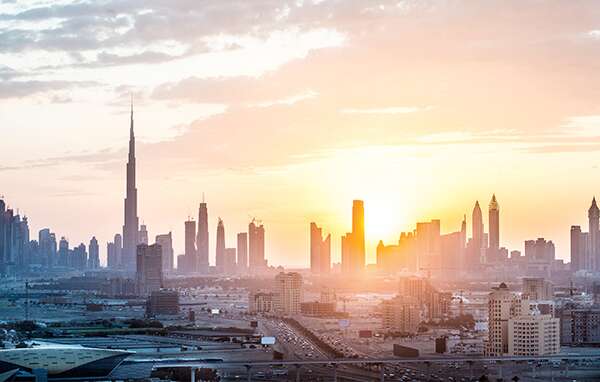


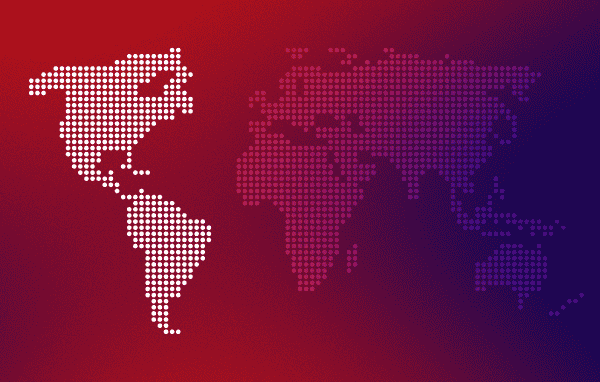
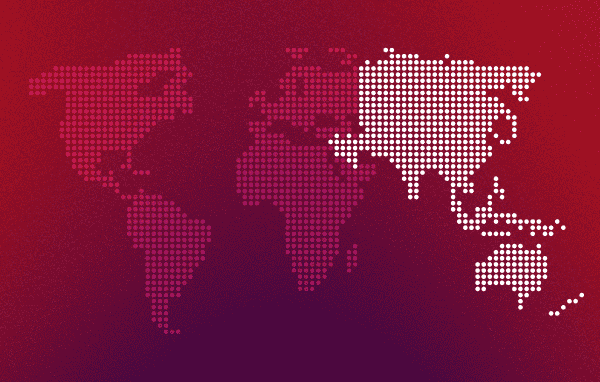
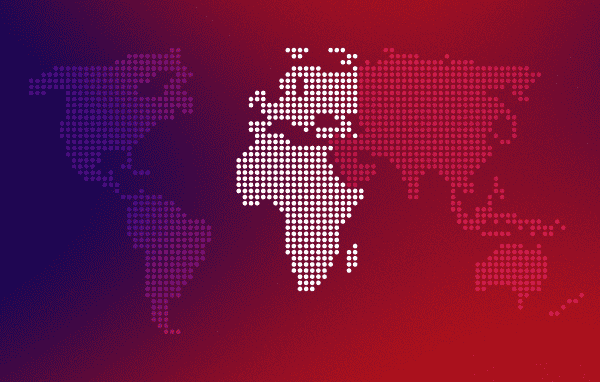
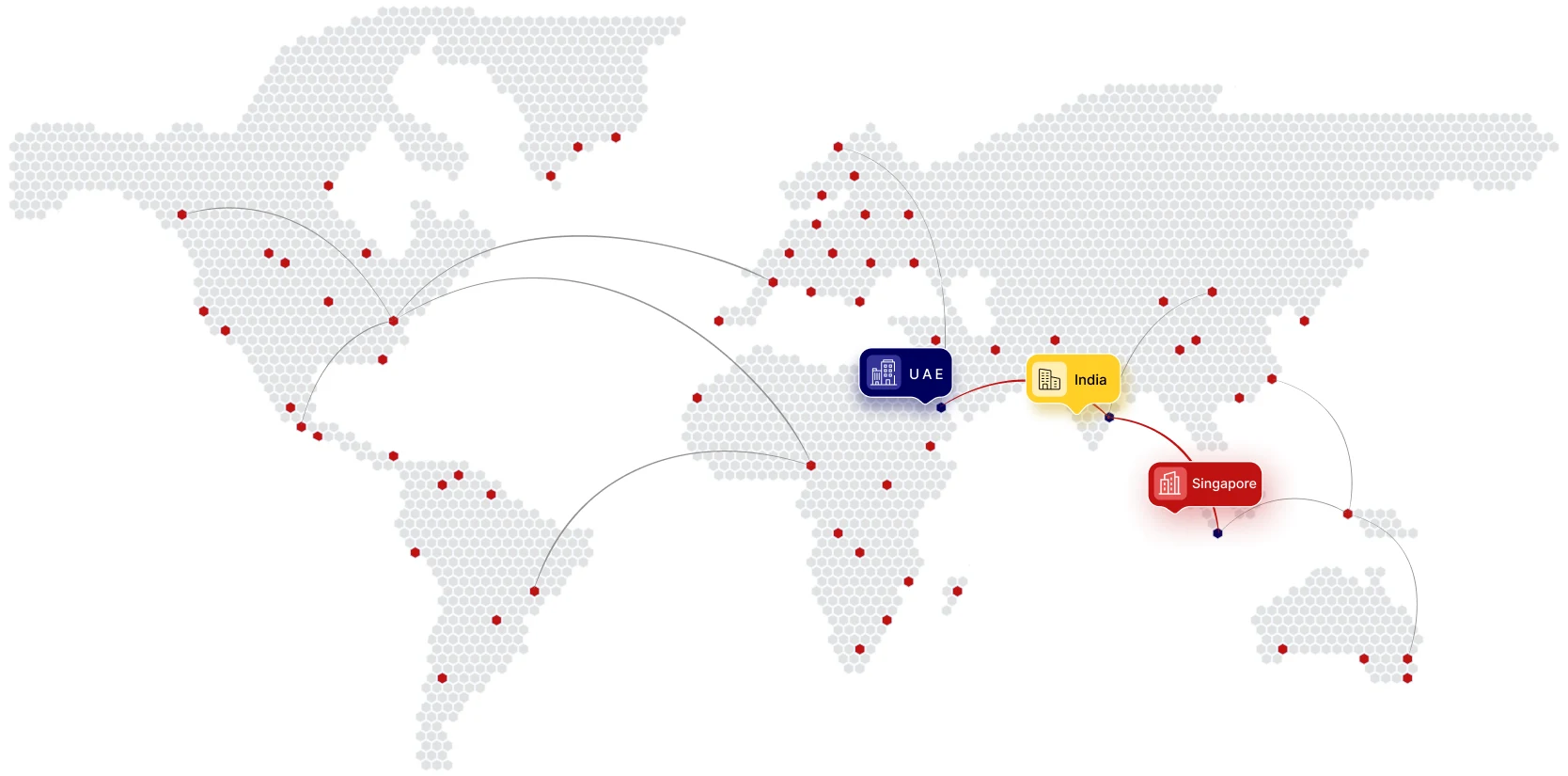
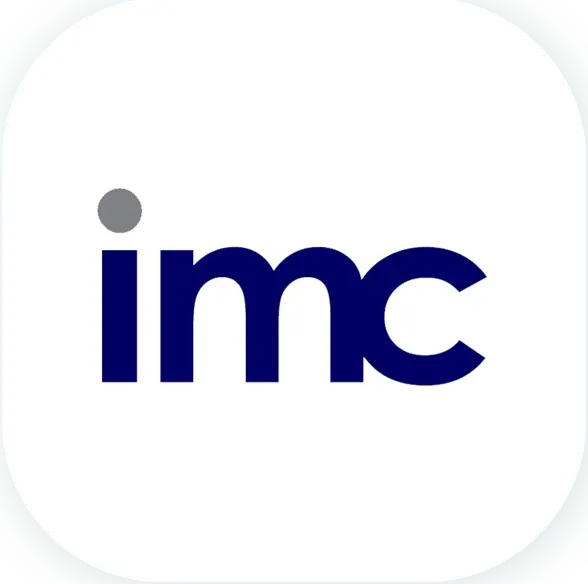 IMC Group
IMC Group